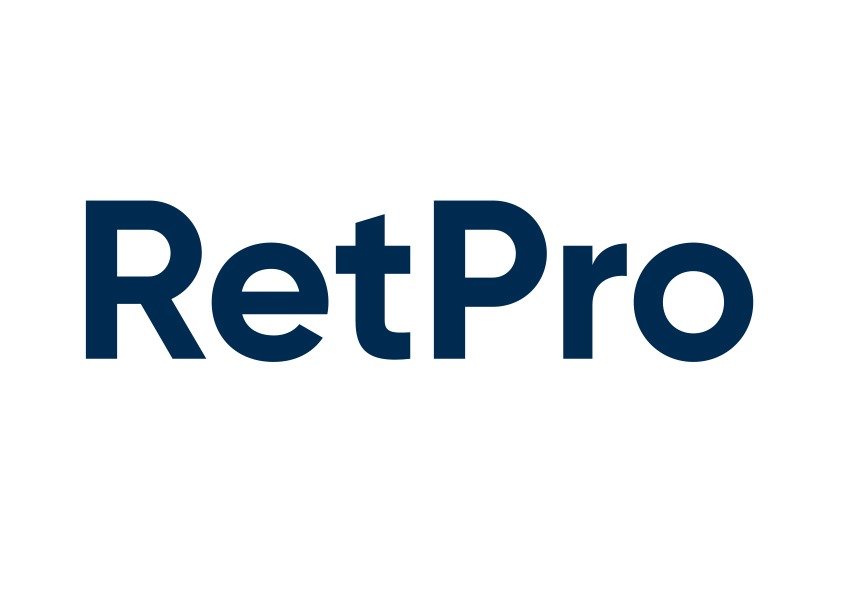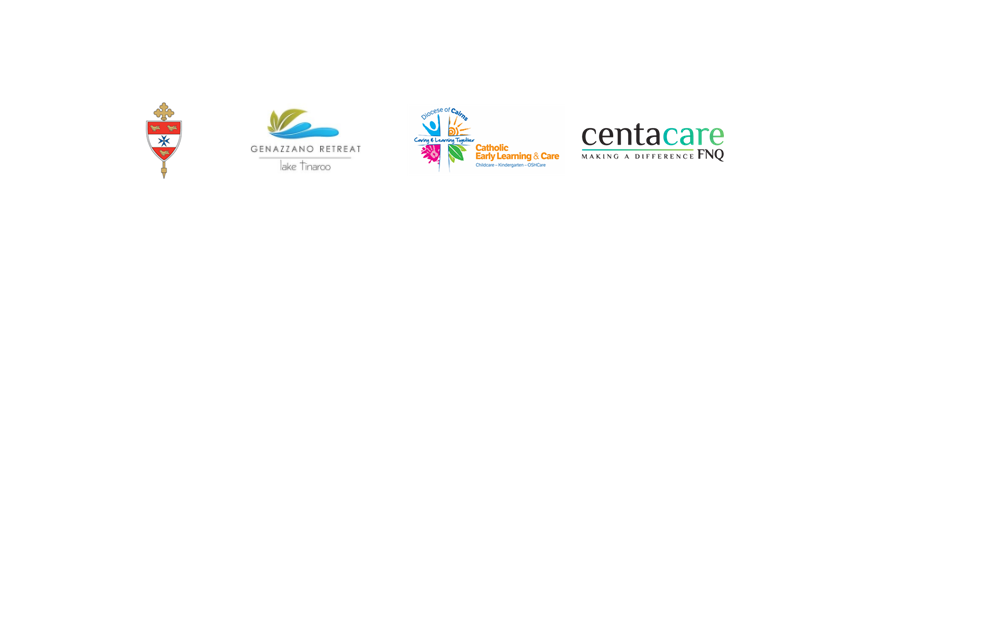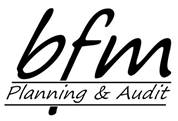Title Page
-
Site conducted
-
Conducted on
-
Prepared by
Hazard Identification
1. Job Design
-
Highly repetitive tasks performed for periods of no greater than 2 hours at a time
-
Tasks require constant sitting or standing for periods of less than 2 hours at a time
-
Tasks require high level of concentration for periods of less than 2 hours at a time
-
All jobs have a variety of tasks in terms of physical or mental workload
-
Employees have the choice of when, how and how often some tasks are performed
-
Employees trained to vary tasks and postured throughout the day
-
Employees provided with feedback regarding work performance
2. Manual Handling
-
Job does not require handling of large, heavy or awkward objects
-
Job does not require handling of items for a long duration
-
Any repetitive handling tasks are done for a duration of less than 30 mins & less than a total of 2 hrs
-
Frequently handled items stored between mid-thigh and shoulder height
-
Use of trolleys is on a slip resistant surface
-
Use of trolleys suitable for task
3. Lighting
-
Lighting is sufficient to perform tasks
-
Absence of reflection or glare from work surfaces
-
Ability to control natural light to avoid shadow or glare workstations
4. Noise
-
Normal voice can be clearly heard from a 1 metre distance
-
Absence of distractive of disruptive noises
-
Screens / partitions in place to control noise
5. Air Quality & Temperature
-
Temperature controlled to a level of comfort (i.e. not too hot or too cold - between 19 -24°C
-
Comfortable airflow and absence of stuffiness
-
Employees free from dry, irritated eyes at the end of the day
-
Absence of drafts or unpleasant odours
-
Adequate ventilation for photocopiers & other equipment
-
Air conditioning systems maintained & filters cleaned regularly
6. Office Layout
-
Sufficient space for tasks to be carried out
-
Sufficient space for walkways in all areas
-
Sufficient space to accommodate heavy foot traffic
-
Sufficient circulation space around each work station
-
Separate areas for tasks requiring dedicated spaces
-
Separate area for photocopying
7. Workstations
-
Workstations adequately designed for tasks being formed
-
Sufficient space at workstations for documents to be easily reached
-
Easy access to equipment (such as phones & keyboards)
-
Adequate and safe height adjustability of work surfaces
-
Workstations set up to reduce awkward postures
-
Desks suitable for the tasks being performed
-
Standing work stations meet the needs of users & suitable for a range of users
-
Sufficient width and depth for tasks being carried out at standing workstations
-
Provision for sitting at standing work stations where short periods of continuous work is required
-
Chairs stable in access and egress
-
Chairs adjustable for different users
-
Visitor chairs adequate for the number and type of visitors
-
Chairs suitable for the tasks that need to be carried out
-
Chair height and backrest position adjustable from the seated position
-
Staff are trained in how to adjust seats
-
Chairs provide support and comfort for keyboard operators
-
Foot rests in place where required
8. Storage
-
Sufficient general storage available for the office
-
Sufficient storage space at each workstation
-
Storage space suitable designed to be within easy reach
-
Sufficient space around storage areas to enable easy access
9. Hand Tools
-
Suitable, safe and adequate hand tools provided for the work required
-
Sharp implements stored to minimise the risk of injury
10. Computers & Monitors
-
Computers and monitors adequate for tasks being performed
-
Force required to press keys not too hard or too soft
-
Adjustability of screen heights
-
Keyboard rest allows space for other tasks
-
Visual Display units up to date and in good condition
-
Policy in place and followed for the placement of Visual Display Units
-
Multiple cords and electrical cables protected or stored away from staff
-
Electrical and computer cable housed and entwining minimized
11. Copying Equipment
-
Adequate copying equipment in good condition
-
Copier lids intact and reduce exposure to intense light
-
Copier functioning quietly and quickly as per specifications
-
Self-contained cartridges supplied in a sealed condition
-
Adequate procedures in place for photocopier use and maintenance
-
Photocopier safety procedure reviewed frequently
12. Hazardous Substances
-
Work area free of hazardous substances (such as paint, glues, new carpet odours, other)
-
Identified hazardous substances have been quantified and controlled
-
Absence of activities that generate dust, smoke, fumes or gases
-
Absence of toxic, corrosive, inflammable or explosive substances
-
MSDS & safe work procedures in place for all hazardous substances (including cleaning chemicals)
-
Adequate ventilation in all work areas
-
Training on Hazardous substances provided to all staff
-
Spill Management procedures in place
13. Equipment & Electrical Safety
-
Use of power boards and extension leads minimised
-
Use of double adaptors eliminated
-
Electrical cords and connections inspected regularly
-
All cords in 'as new' condition
-
All electrical items suitable and in good condition and tested and tagged
-
Residual current devices (safety switches) tested regularly
-
Electrical equipment tagged and tested regularly
-
Any unsafe equipment tagged out of service immediately until fixed
14. Housekeeping
-
All workplace floor surfaces kept free from obstruction & properly maintained
-
All workplace floor surfaces covered in non-slip material
-
All areas of the workplace properly illuminated
-
Staircases have stable hand rails
-
All equipment is regularly maintained to manufacturers' specifications
-
Filing cabinets / storage cupboards stable & sufficient for the needs of the office
-
Filing cabinets / cupboards have locking devices to prevent opening of more than 1 drawer at a time
-
Filing cabinets / cupboards placed away from walkways and doors
-
Sharp corners of furniture/fittings placed out of the way to avoid people passing them
15. Office Building & Amenities
-
Adequate number of toilets & hand washing facilities available
-
Drinking water available & accessible
-
Adequate lunch facilities provided
-
Suitable warning signs in place & exits clearly marked
-
Carparks well lit and secure
16. Emergency Response
-
Emergency response procedures are in place
-
Emergency plans prepared implemented, tested & maintained
-
Employees provided with information, training & instruction on Emergency procedures
-
Fire wardens and floor wardens appointed for all parts of the workplace & names displayed
-
Fire extinguishers installed in adequate locations and regularly serviced and tagged
-
Fire exits clearly marked with exit doors easily opened and clear of obstruction
-
Fire alarm system functioning correctly and tested regularly
-
Fire & emergency instructions and evacuation points documented and clearly displayed
17. Security
-
Security measures in place
-
Working alone procedures in place
-
Office access points lockable
18. Psychological Health
-
Processes for preventing workplace harassment / bullying in place
-
Counselling & support service available
-
Workers not regularly required to work alone or in isolation
Completion
-
Completed by













